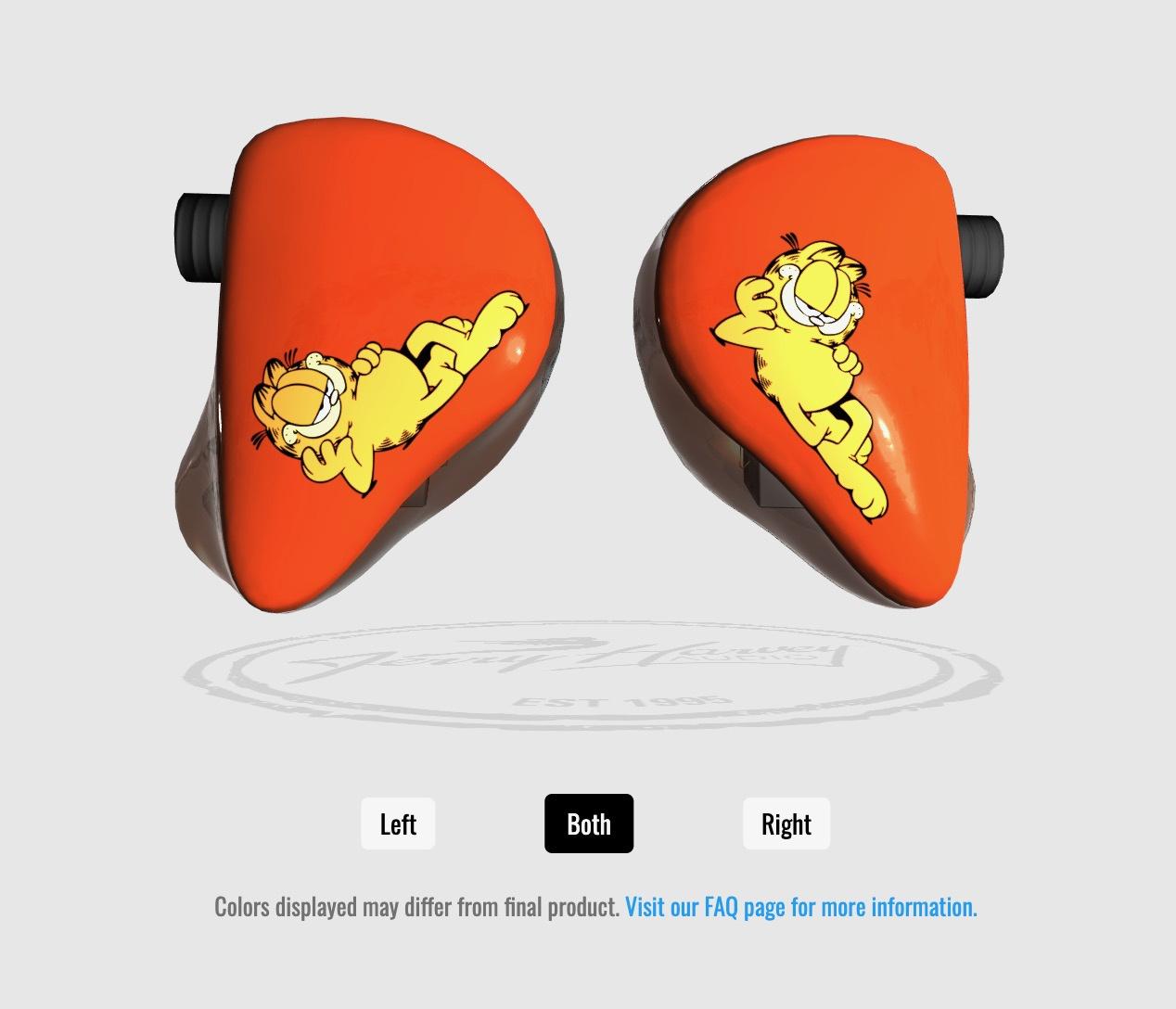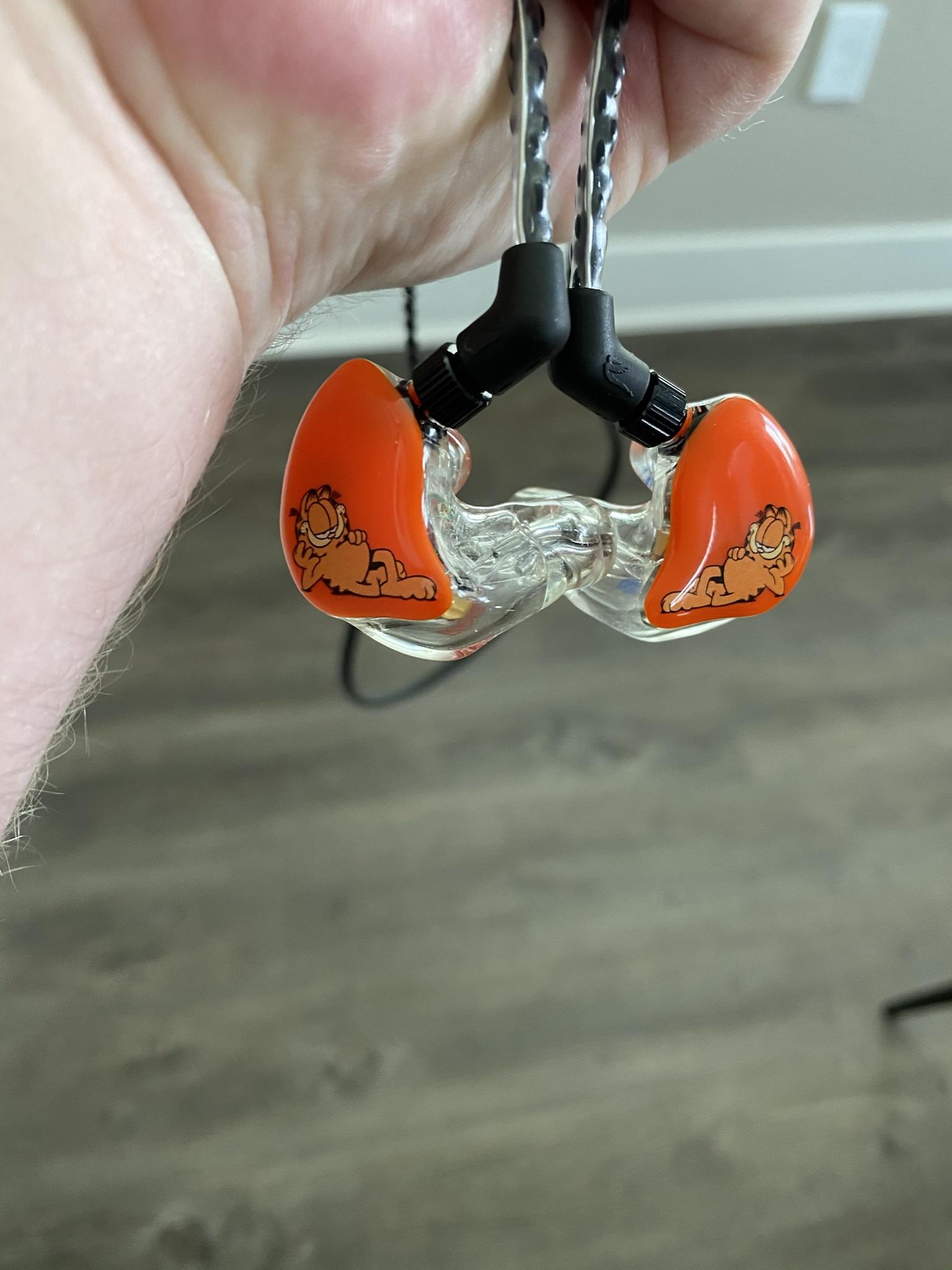The world of music/IEM's
The pair of UE 5’s that I’ve had for about 13 years died, and honestly, I didn’t really feel like sending them back to get repaired. Honestly, I wasn’t a huge fan of Ultimate Ears after Jerry Harvey left, so, I went back to do my research.

What I ordered...
Ever since the Beatles, musicians have had “stage monitors” (sometimes affectionally called “wedges,” due to their shape), that allow them to listen to the feed of the music the way that they want it. For example, maybe the vocalists need more mix of the lead vocalist or maybe the bass needs the drum and maybe the guitar, but not the vocals.
Something that not a lot of people may know is that bands usually have two sound engineers – the Front of House engineer, and the monitor mixer engineer. The front of house engineer is responsible for the “live” portion of the show – making it sound good to everyone who is in the crowd. The monitor mixer is the guy who’s responsible for making sure the band can hear what they want.
In the 90’s Alex Van Halen approached his monitor engineer, Jerry Harvey, during the practice sessions for their upcoming tour that the noise on stage was too much – between the massive volume from the stage monitors and the speakers from the instruments, it was getting difficult for the band members to communicate with one another, and there was concern that the volume was damaging his ears. Harvey began to look for a solution to solve the problem – eventually settling on a speaker from a hearing aid that were molded into the shape of the canals of the performer’s ears. (Interestingly enough, Wikipedia mentions that this was from a pacemaker, but, I didn’t know that pacemakers had speakers; speakers from a hearing aid make a little more sense based on the size of the drivers if you’ve ever looked closely at a clear pair of IE’s!)
Word got around that Van Halen had these amazing monitors, and other bands – such as Skid Row and Engelbert Humperdinck – soon wanted their own monitors, paying Harvey $3,000 in cash for six pairs. Eventually, Harvey noticed that there was strong demand for these, and convinced his then wife to run the business for him. Eventually, they would split, and then move to Las Vegas independently to run the new company – Ultimate Ears – out of her house.
While Harvey continued on tour, he marked the Ultimate Ears while doing so – convincing artists that they wouldn’t look like hearing aids on stage. Harvey had the electronics knowledge down, but, still relied upon a third party to build the custom shape to fit the wearer’s individual ears.
Ultimately, Jerry made Ultimate Ears into what it was before Logitech bought it…and while I was fortunate enough to own a pair of UE’s prior to the Logitech acquisition, I wanted to get an updated pair of IEM’s that had a better mix of low’s, mid’s, and highs, find something that had either native or near native bluetooth, and, find something that would fit my ears better (my weight has fluctuated a lot since my last pair, and it wasn’t deadening as well as it normally would).
I ended up choosing the “Roxanne” line from JH Audio that has 12 drivers per ear: four low, four mid, and four high. I feel like this will give me a better sound than my UE’s, who only had a low and high driver.
The process is fairly straightforward, but, can be daunting. This is a completely bespoke process – you can choose the colors, the art,a the shell, and the cable – so, I spent about two weeks digging through the available selections until I found what I wanted – clear case, solid orange shell, with the “Garf” just chilling on the sides.
Once you have them ordered, you go see an audiologist for a custom impression of your ear. Fortunately, most IEM manufactures have a list of “Preferred audiologists,” which is great…but, we’re in COVID-19 land, so, I ended up getting impressions made in my car. You bite down on a bite block while you wait for the silicon to harden – and then they take it out, make sure there’s no goop left in your ears, and you have your impressions in a little box. That box gets sent to the JH Audio lab, and then, in about 7-10 days, your custom monitors will arrive.
I have a bit of a complicated travel setup – I use a Soundblaster USB DAC with Bluetooth, which is usually plugged into the Airplane’s VOD system, and then send Bluetooth to my Bose QC 35’s. This setup has worked quite well since my previous pair of IEM’s stopped working – I could still hear the PA announcements of the flight attendants, and could listen to what was playing in front of me without the cord tethering me down. Being able to have that situational awareness is important to me – but, I didn’t want to go Bluetooth to the same bluetooth (also, for whatever reason, I can’t find the Soundblaster DAC anymore). Moving forward, I’m going to need to rethink my current setup – so, I don’t really know which direction I’m going to move to.

(What I received: With many, many apologies to Jim Davis and Paws, Inc.)
I’ve had them for long enough to fit them in, and I’m beyond happy with how they sound, how the fit, and how they look. I would highly recommend them for anyone who has sensitive ears, for anyone who works mixing for live bands/churches, or, for anyone who plays and performs live music.